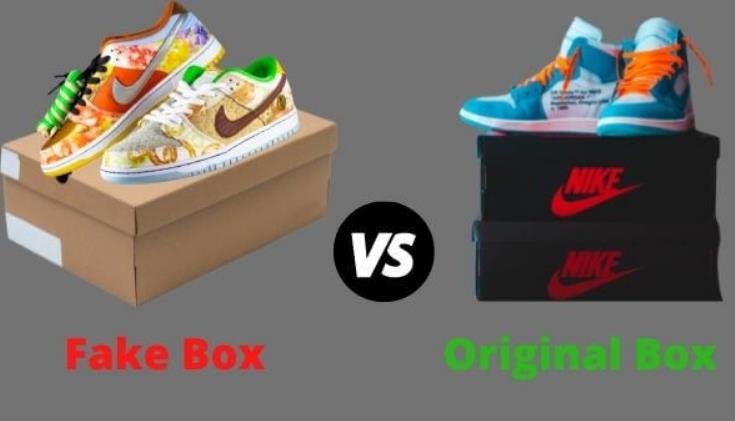It’s common to notice two strikingly similar products in the market with one labeled as the original and the other as a first copy. While these two terms seem straightforward in meaning, their nuances can be quite confusing. The internet age has made it easier to access the “original” version of any product, but still, the question remains what differentiates an “original” from a “first copy”. This article aims to delve deeper into the two terms to help you distinguish between the two.
Definitions of the two terms
Before diving into the difference between the original and the first copy, it’s essential to understand what they mean. An original refers to a product that is made by the product’s manufacturer with their brand name. On the other hand, a first copy is essentially an imitation of an original product. However, it can be tricky to spot the difference between the two, which is why manufacturers of original products are taking measures to distinguish them from first copies.
Appearance
First copies are known for their striking similarity to the original products, which can make it difficult for buyers to differentiate between them. However, manufacturers of original products use trademarks, logos, and bar codes to distinguish them from first copies. Quality is an essential aspect that sets apart the original from the first copy, and first copies tend to have a lower quality feel to them than their original counterparts. The seams, buttons, and zippers of first copies are often low-quality, while originals have a more precise and refined finish.

Deciphering the Difference between Original and First Copy
Price
First copies are often cheaper than the original product, which is one of the appealing things about them. However, one of the reasons that first copies are more affordable than their original counterparts is that they tend to use lower quality materials to produce the same appearance. Original products are priced based on their quality and the brand name, while first copies’ prices are primary based on their copying process.
Warranty and After-sales Service
One of the greatest advantages of buying an original product is that they come with a warranty, which guarantees that the buyer can return the product or get it replaced if they are not happy with it or if some specific default is found. However, in the case of a first copy, no such warranty is included, and the buyer is left with no after-sales service, making it unsatisfactory if any defect, whether in workmanship or materials, is noticed after the purchase.
Legality
Another significant difference between the original and the first copy is the legality. Manufacturers of first copies have no permission to make copies or imitate any original product, and thus, it’s considered illegal. On the other hand, Original products are regulated by their respective manufacturers giving them legal connotation.
Conclusion
In summary, it’s essential to know the difference between an original and the first copy before making a purchase decision. While the price disparity between the two can be a significant part of why buyers may choose the later, it’s important to note that there are notable differences in warranty, quality, and legality. The idea of promoting first copies may seem like a good deal, but it’s detrimental to the original manufacturers and artists who design these products. Always remember, you get what you pay for.
FAQs
[faq-schema id=”470″]
















